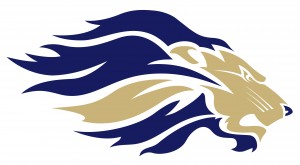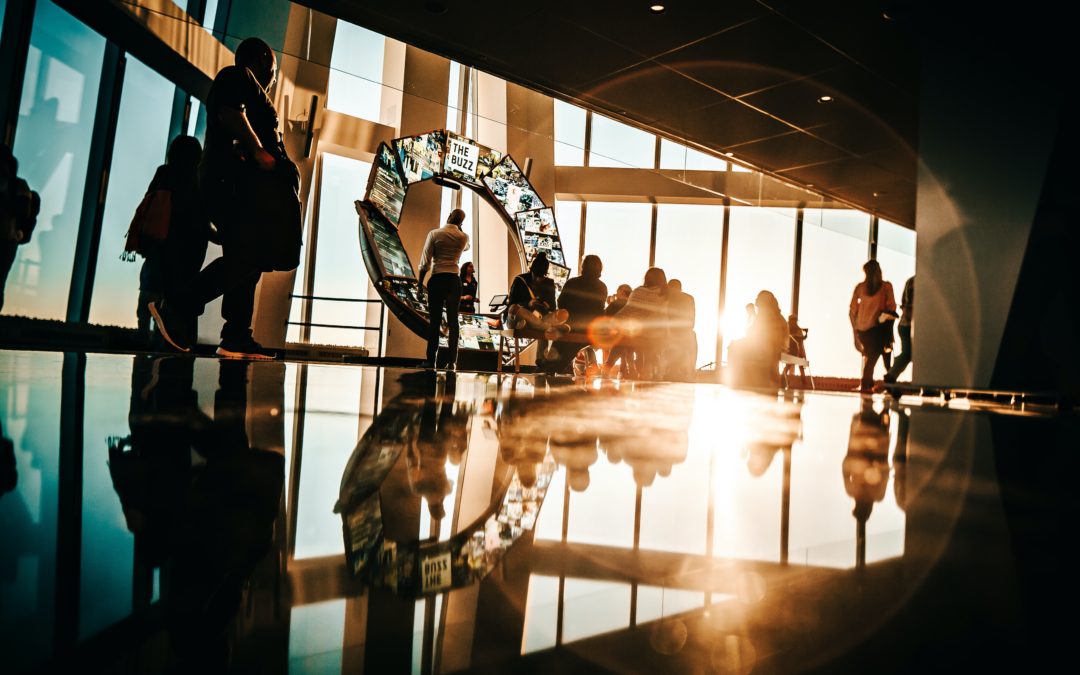The Article in 60 Seconds
Printed collaterals are not obsolete and digital materials don’t always have the engagement you’re looking for. How do you determine your needs for trade show season?
Do you know what trade show attendees want?
How well do you know the guests at the show? Pre-show research and an understanding of basic interaction trends can help you determine your plan.
What do you want to do with your leads?
A vague goal of “gather leads” is nothing compared to a written, communicated, and trained on plan for your team.
What percentage of the purpose of your show presence is marketing versus sales?
The collaterals you produce may not be able to serve both purposes. Make sure you meet the needs of both teams.
Think About This
According to Spingo, the cost of a face-to-face meeting with a prospect at a trade show is $142. The cost of a face-to-face meeting at a prospect’s office is $259.
AgencyEA, points out that 60% of marketers agree that extending communication beyond the on site event is imperative to the success of their strategy.
Aventri reports 86% of event marketers believe that technology has a major positive impact on event marketing success.
Create Your Trade Show Plan
Printed materials may still be needed at your booth, but what should be printed and how much? Where can digital make the most impact?
- Think about your audience — What collateral did booth visitors pick up in the past? How did they react to the printed items you had in the booth? Which digital pieces did they download? Share? What is the average age of your booth visitors?
- Outline the lead collection process — Do you know what you’ll do with leads on site? After you arrive back at the office? How can the collateral you provide help in the follow-up process? Do your pieces move leads deeper into your funnel?
- Prepare to support onsite conversations — What types of meetings will be taking place in the booth? Are you hosting or speaking at a session? Are you hosting media interviews?
The answers to these questions give insight into which materials need to be printed and which can be digital only — while still collecting leads for your solution.
What do Trade Show Attendees Want?
As with any strategic marketing decision, your audience guides your decision about how to best leverage trade show collaterals. It’s important to understand the following about attendees:
- Titles and scope of decision-making power
- Demographics – age and education level
- Goals of attending the trade show
- What they are seeking when visiting the exhibit floor
What have you done to capture the preferences of your customers for content? A short online survey can give insight into whether they want to pick up printed material at your booth or if a digital copy is preferred. You can also use past experiences to guide the future. What collateral did booth visitors pick up, how did they react to the print items you had in the booth, what is the average age of your booth visitors? While people of all ages consume digital content, younger people have a stronger preference for digital. A recent Pew Research Study showed that while audio and digital books are being consumed at an increasing rate, Americans aged 18-29 are more likely to have read an e-book. If we apply book-reading trends to collaterals, print still has value to your audience and your younger booth visitors will welcome digital tools.
Attendees have a variety of goals when attending a technology trade show. Some may be seeking CEUs and education on industry trends and best practices, others are evaluating solutions to help their teams be more successful, some may be speaking, and others are networking and meeting up with friends in the industry — or a combination of them all. Casual shoppers may not want to pick up printed materials to lug home. However, booth visitors who are evaluating options for a solution like yours may want printed copies of brochures and other content to read in the booth during a demo or may want multiple copies to share with colleagues.
Get creative with your collateral development. Use different shapes, textures, multi-folds, scratch-offs, and three-dimensional content. Your pieces will be memorable and engaging.
Dr. David Eagleman has interesting research on communications through the lens of neuroscience and this video may inspire you.
Lead Collection Process
Outlining the B2B lead collection process can help your team prepare for the trade show and gives insight into which printed materials are needed at what point in the process. To develop the lead collection process, answers to the following questions will help you:
- Will there be a crowd-gathering activity in our booth?
- Will we have demos in our booth?
- Are we hosting meetings with prospects and customers in our booth?
- Are we doing a drawing for a gift certificate or technology item?
- How are we are going to collect business cards or scan badges?
- When will we collect visitor information?
As you’re answering these questions and outlining the lead generation process, think about when printed or digital collateral would be part of the process. For example, if you have a booth visitor who is curious about your solution, you can offer to send a digital copy of a brochure as a follow up to a demo. Or offer a printed copy if that’s the visitor’s preference. How does your team currently handle this scenario and what could be improved?
An effective way to collect lead information and quickly send digital follow-up information is to use a booth scanning tool. With a tablet or your team’s phones, you can scan badges, capture lead interest, select information to email to the lead, and import all the information into your CRM. Clients have used Zuant, Leadature, iCapture, and others with success.
One word of caution: wifi on show floors can be spotty or slow. What is your backup if badge scanning doesn’t work? This is also another reason to have printed versions of informative collateral.
Support for Sales and Account Management
As part of the trade show preparation, the sales and account management teams should be setting up conversations with attendees. If you have a large booth, there may be meeting space or your team may set up meetings in a hotel suite, conference room in the exhibit hall or nearby hotel, or a coffee shop for a casual conversation. Your marketing can help by providing presentation decks, PowerPoint shows to play on monitors, printed collateral to support conversations, and digital content that can be sent after meetings. Prep meetings help establish what is needed and ensure the right mix of digital and print collateral is available.
Public Relations Opportunities
Trade shows can provide an excellent opportunity for your experts to speak with reporters from trade publications. The reporters are interested in white papers and case studies, as well as speaking with your customers. If you’re working with a PR team, you can co-host prep calls to learn who media interviews are scheduled and how to best support with collateral.
Collateral Magic Formula
Many are looking for a magic formula for determining how much printed collateral is needed for your next show. While we don’t have magic, think through:
- Audience print and digital preferences
- Type of collateral needed to collect leads effectively
- How to best support onsite conversations with customers, prospects, and media
If you are adding a giveaway — tchotchke or gadget — DMediaWeb offers this ratio. “For large shows of 2,000 or more expected attendees, plan for 25% of attendees to stop by and get a giveaway. For smaller shows, plan for 75% to get a giveaway.”
A general rule of thumb is: don’t spend more than 5% of your overall trade show budget on printed materials.
At the end of the day, the best takeaway from your booth is the experience with an excellent and prepared staff member. A perfect piece of paper given by a lackluster booth drone is worse than no collateral but a great staff.
The First Thing to Do After Reading This Article
Where is your trade show plan weakest?
Understanding your audience?
Written plan for lead generation and follow-up?
Sales and marketing alignment?
Determine the weak point and solve it before moving into collateral development.


Recent Comments